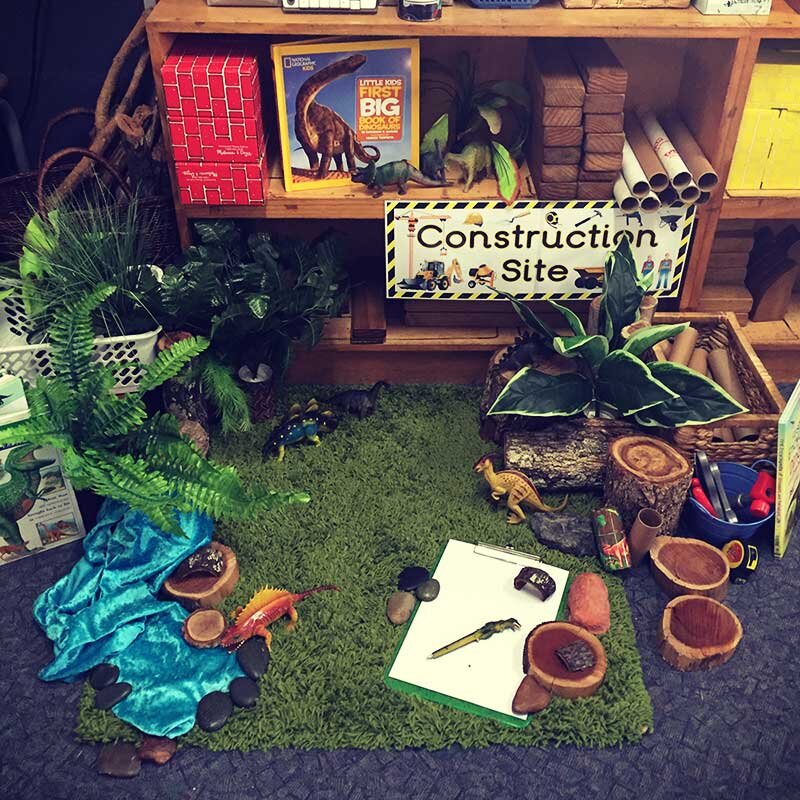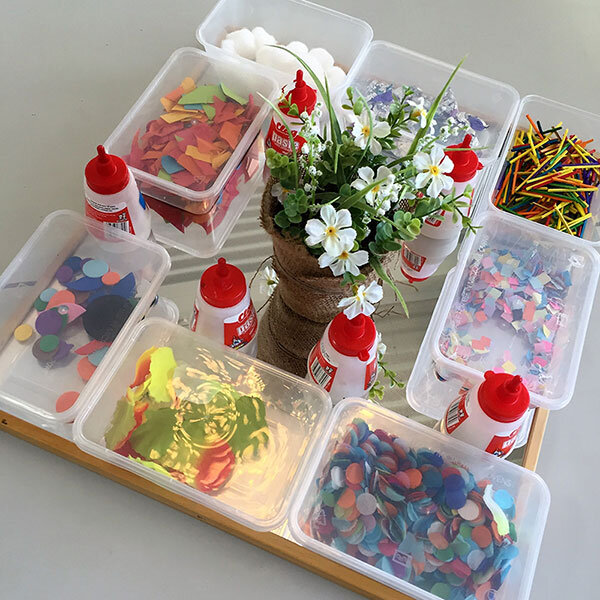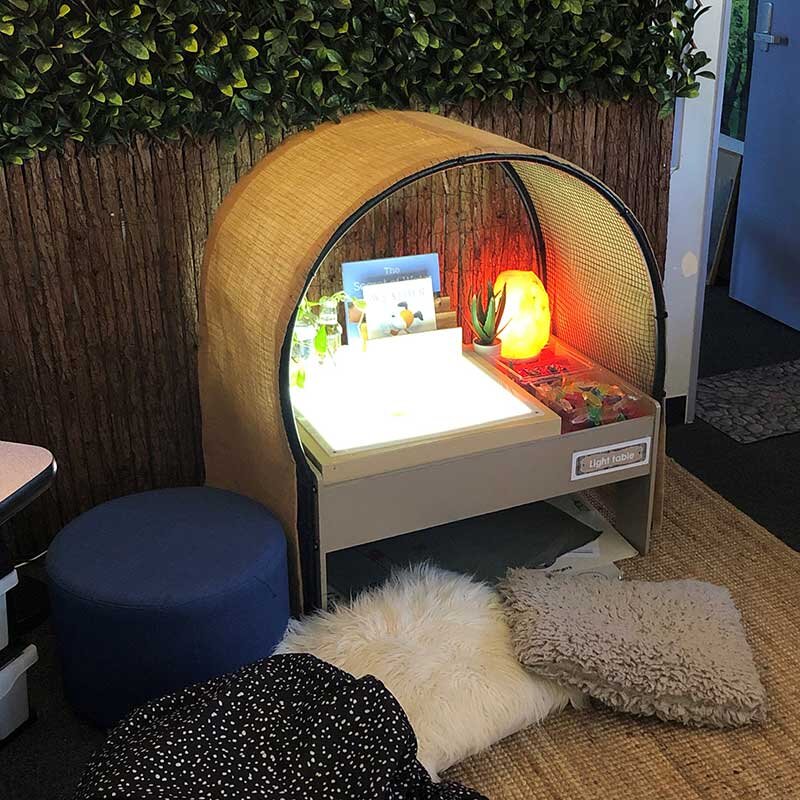3 Steps to Setting Up a Learning Provocation
Learning Invitation Versus Learning Provocation
There is a difference between a learning invitation and a learning provocation. Many people use these terms interchangeably which is totally acceptable but if you would like to learn about the theoretical differences, head over to this blog post : What is a Learning Provocation?
Learning provocations are used in the classroom to "provoke" thought and motivate thinking or investigation. They are intentionally designed by the teacher and can be as simple or as elaborate as you choose. I complete 3 steps when setting up a learning provocation in my classroom.
1. Choose the Right Classroom Learning Space
A provocation for learning should be set up in a clearly defined space integrated into a well-designed classroom. The classroom and the spaces within it together form your third teacher.
“There are three teachers of children: adults, other children, and their physical environment.”
Provocations and learning invitations can be set up …
on the floor
on a shelf
in a moveable tray
at a table
The size of the area is dependent on the learning intent and resources being offered. Smaller spaces are usually designed for 2 children. This encourages quiet, calm interactions. Larger spaces like dramatic play or large construction spaces usually cater for 4 or 5 children to collaborate and work together and are usually a little noisier.
2. Consider Classroom Design Principles
Consideration of basic design principles will keep your learning spaces inviting and purposeful. Good design requires thoughtful planning and careful placement of resources. There is often a tendency to overcrowd the classroom and the investigation areas with learning resources or props. I know this is something I am constantly working to improve.
Cluttered spaces are distracting and can create a chaotic feeling in children. An unorganised space also sends the message that the classroom resources are not respected or valued. Learning resources should be organised and displayed thoughtfully to send the message that the learning tools are valuable and important.
Well organised resources are also easily tidied by the children. Some teachers include photographs of the area illustrating to the children how and where the learning resources should be organised. Children can refer to these photographs to guide them at tidy up time.
The design principles of colour, texture and lighting have a definite impact on the aesthetics of a learning space. There is a growing trend to use natural materials, soft lighting and neutral tones. These soothing elements not only assist you to create a peaceful space, but they allow the children’s work and learning to stand out and become the focus.
Neutral colours, soft lighting, textured tablecloths, real and artificial plants, artwork, natural containers like cane baskets and wooden bowls will all help to create an environment where children feel emotionally and physically at ease. To optimise learning, the children must feel safe, relaxed and at ease in the learning environment.
3. Reinforce Learning Intentions
To focus the learning opportunities towards your curriculum learning intentions, add relevant resource tools to the learning provocation. Tools like texts, posters, and vocabulary cards highlighting the intended learning intentions serve as valuable prompts for the children to refer to. If these tools are co-created by the children during explicit teaching lessons, they will be of higher value to the children and more likely referred to.
The addition of clipboards, blackboards, whiteboards, cameras, or blank notebooks will encourage the children to record their learning. This documentation can be discussed during the reflection time with the whole class and will not only demonstrate to the class that you value the author’s work but will also ensure every class member (including the teacher) has the opportunity to learn from that child’s valuable learning experiences.
Learning provocations may also include direct challenges or prompts. These can be in the form of written or visual prompts displayed in the space or they can be simply implied through the placement of resources or visuals. Learning provocation prompts are usually linked to curriculum learning intentions but may also come directly from the children’s interests and developmental needs which have been formed by mindful teacher observations.
Setting up thoughtful and aesthetically pleasing learning provocations is a reflective practice developed over time. Following the above 3 steps will build a foundation for the rewarding journey of transforming your spaces into intentionally designed environments where children will be guided to calmly work and learn.














